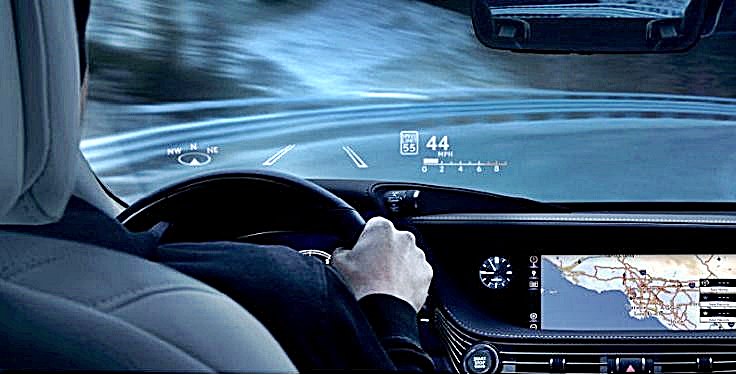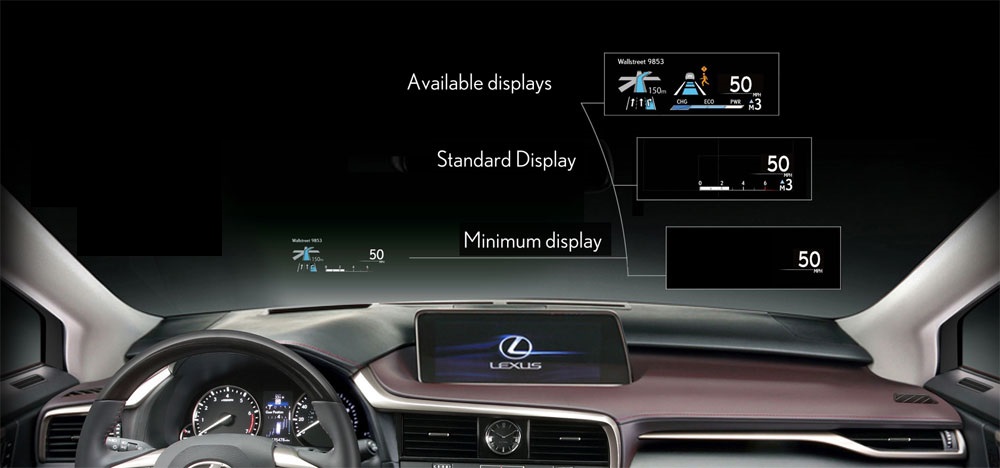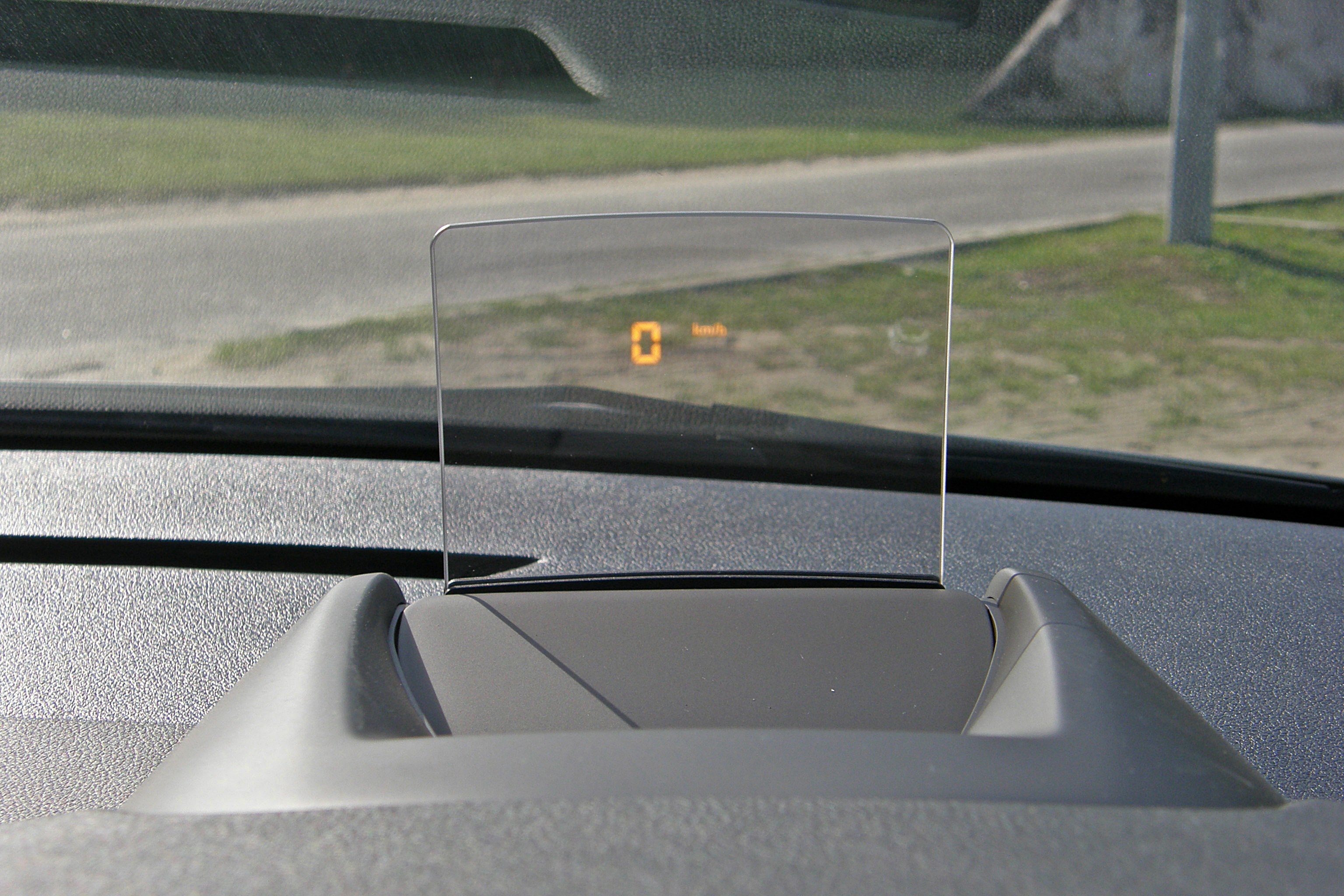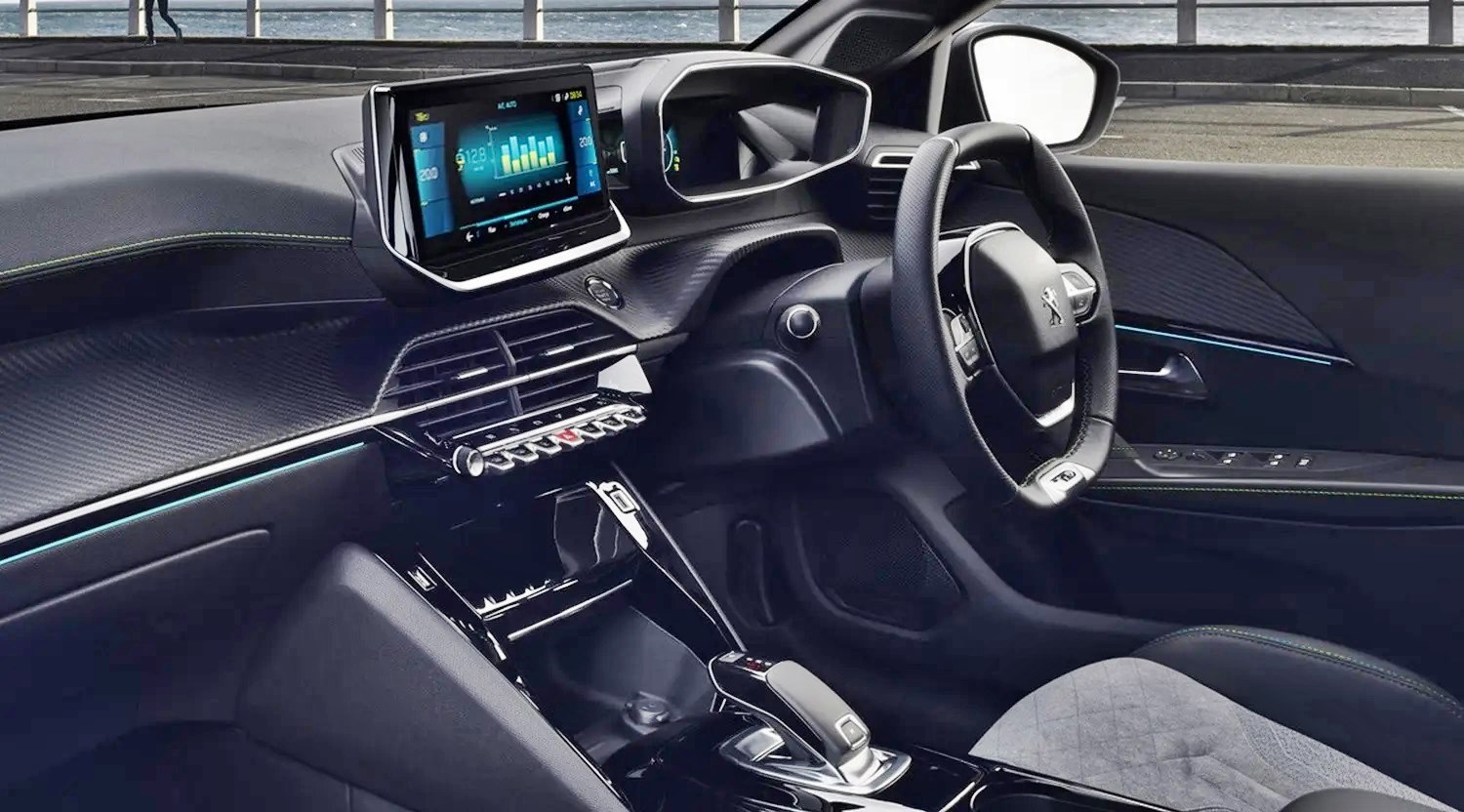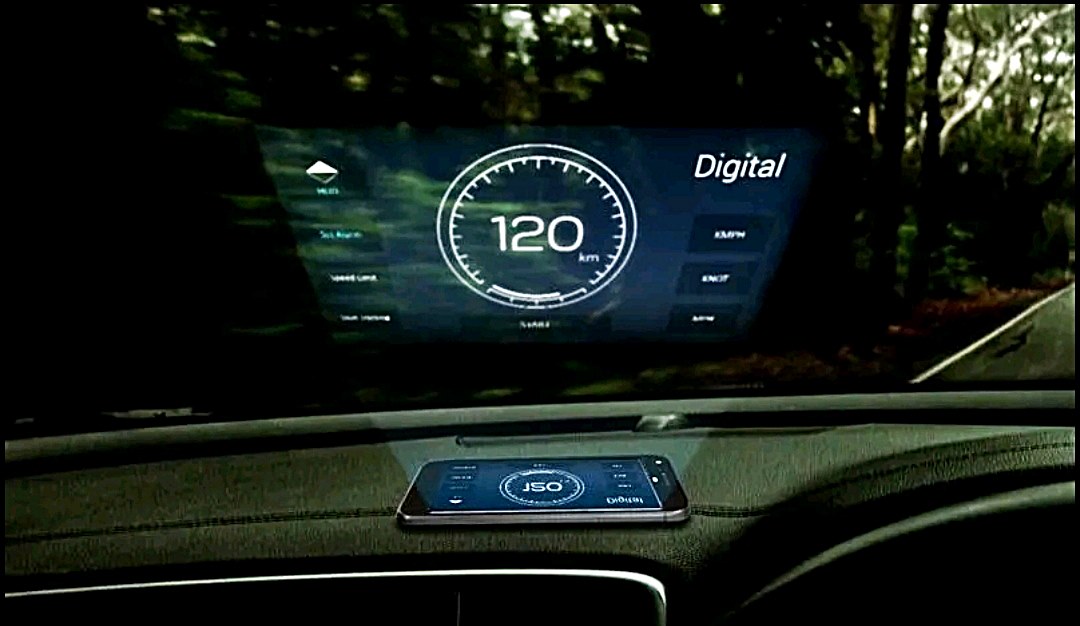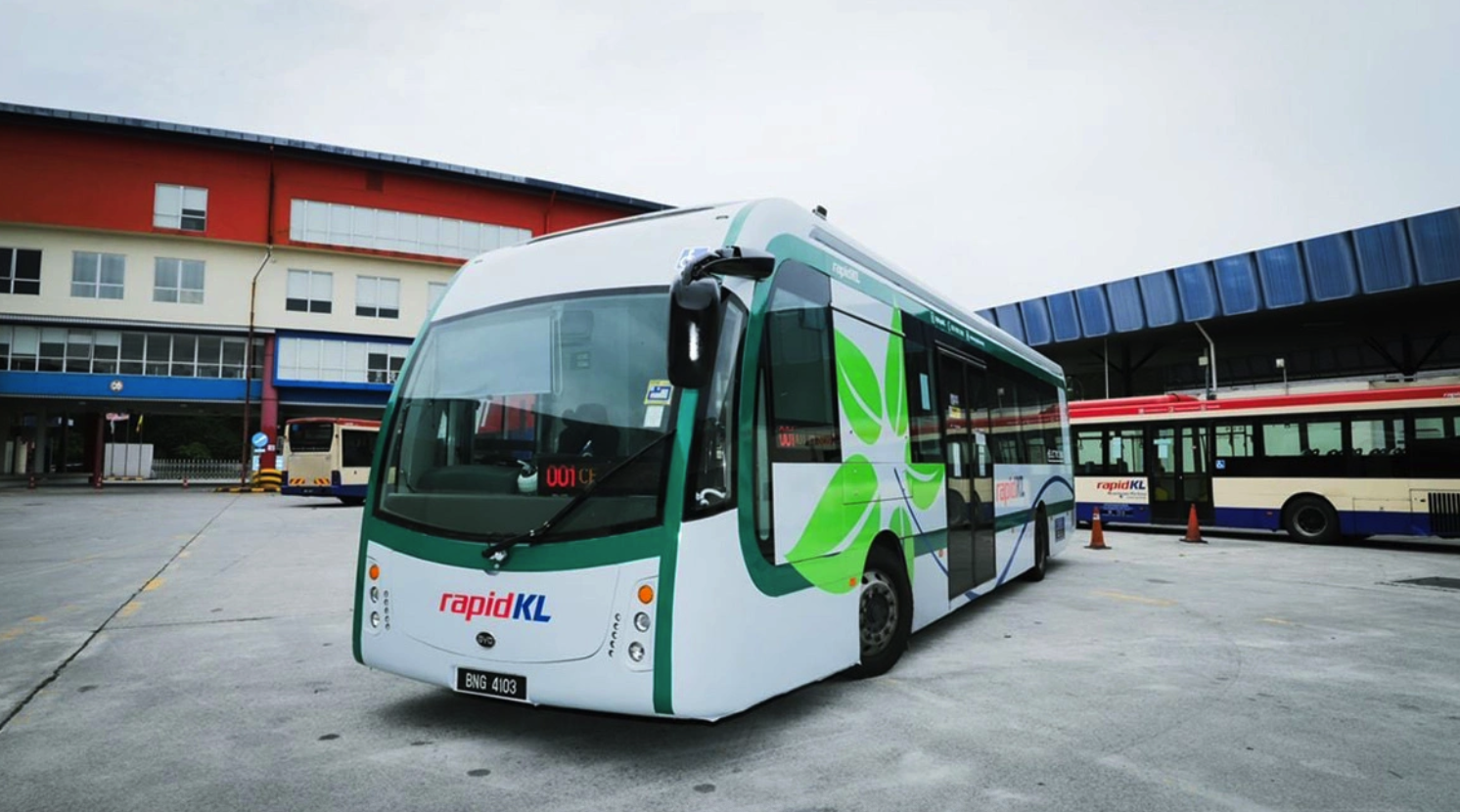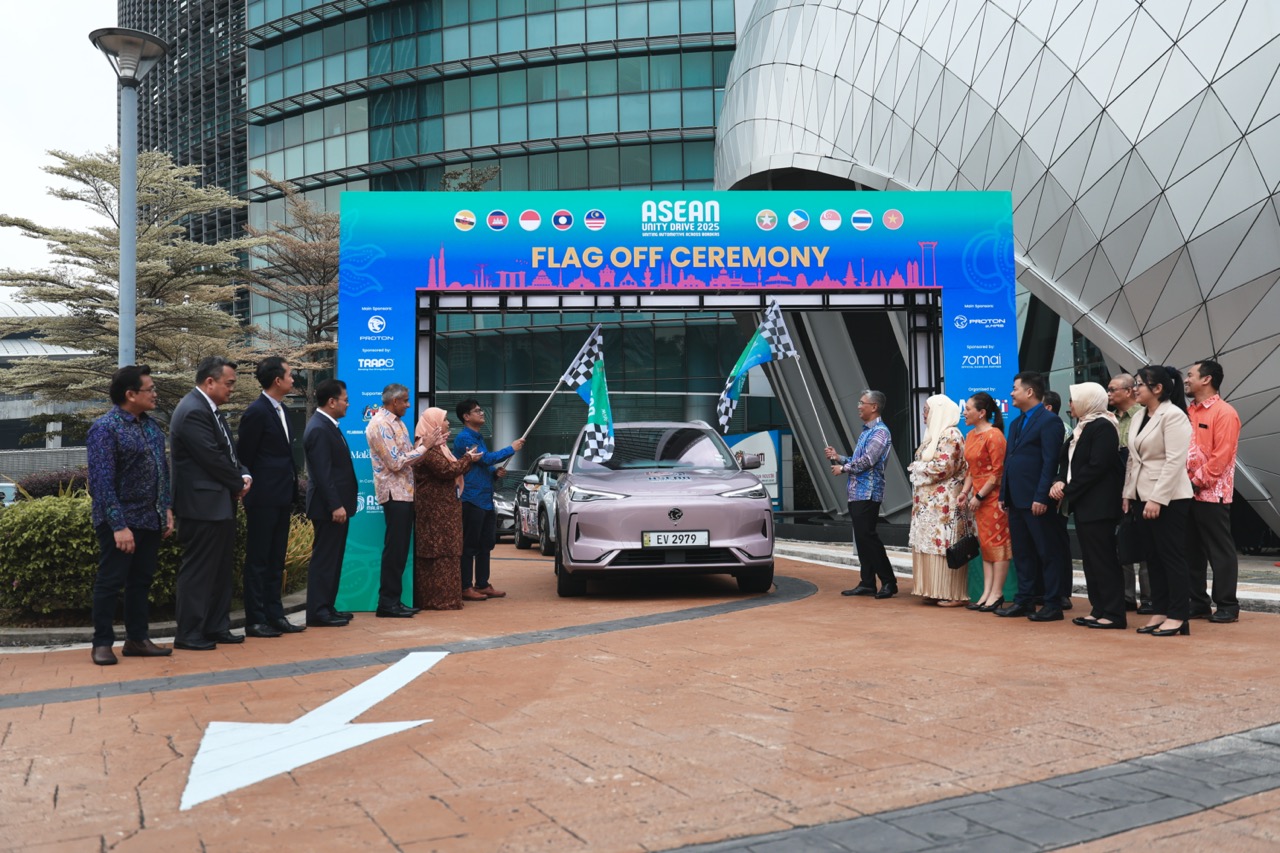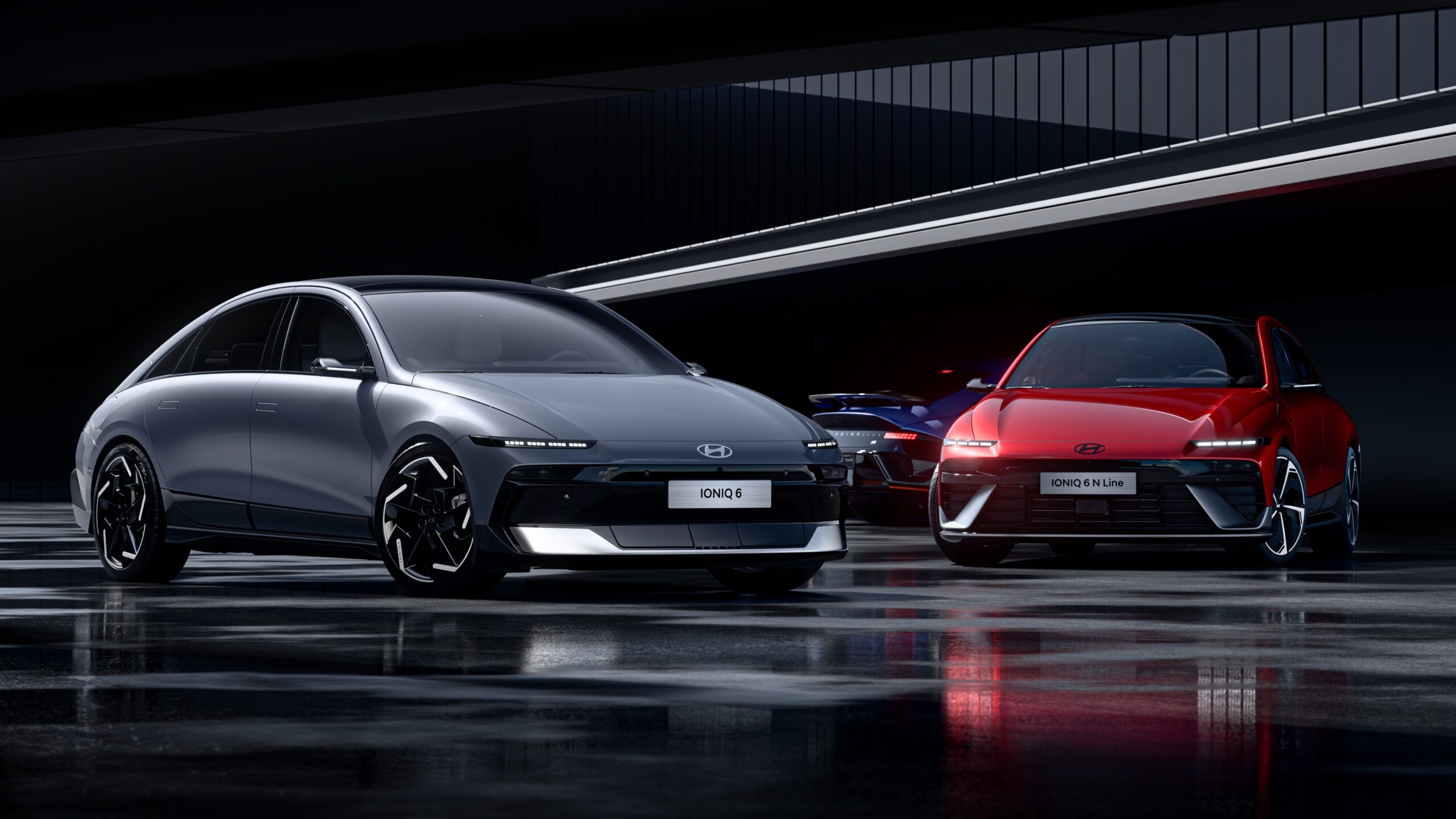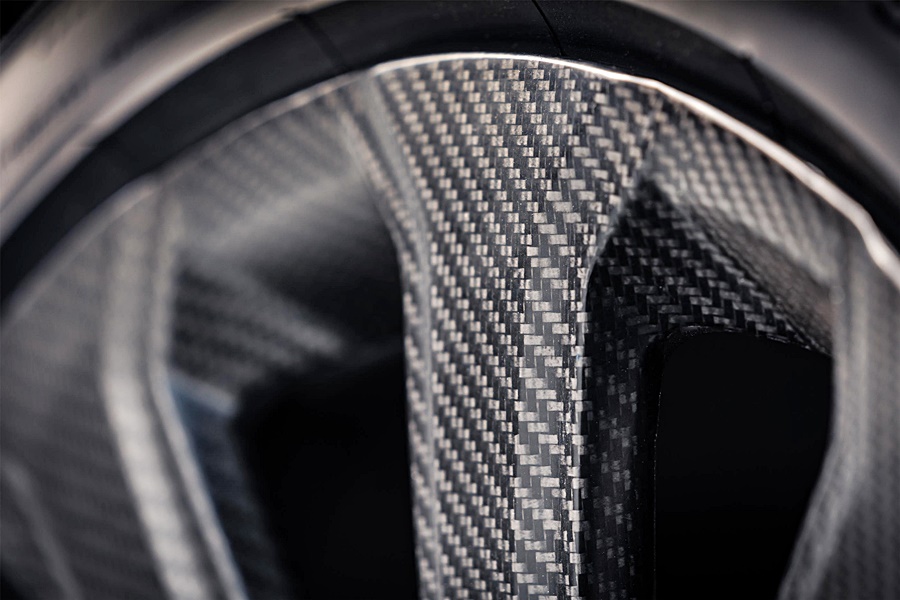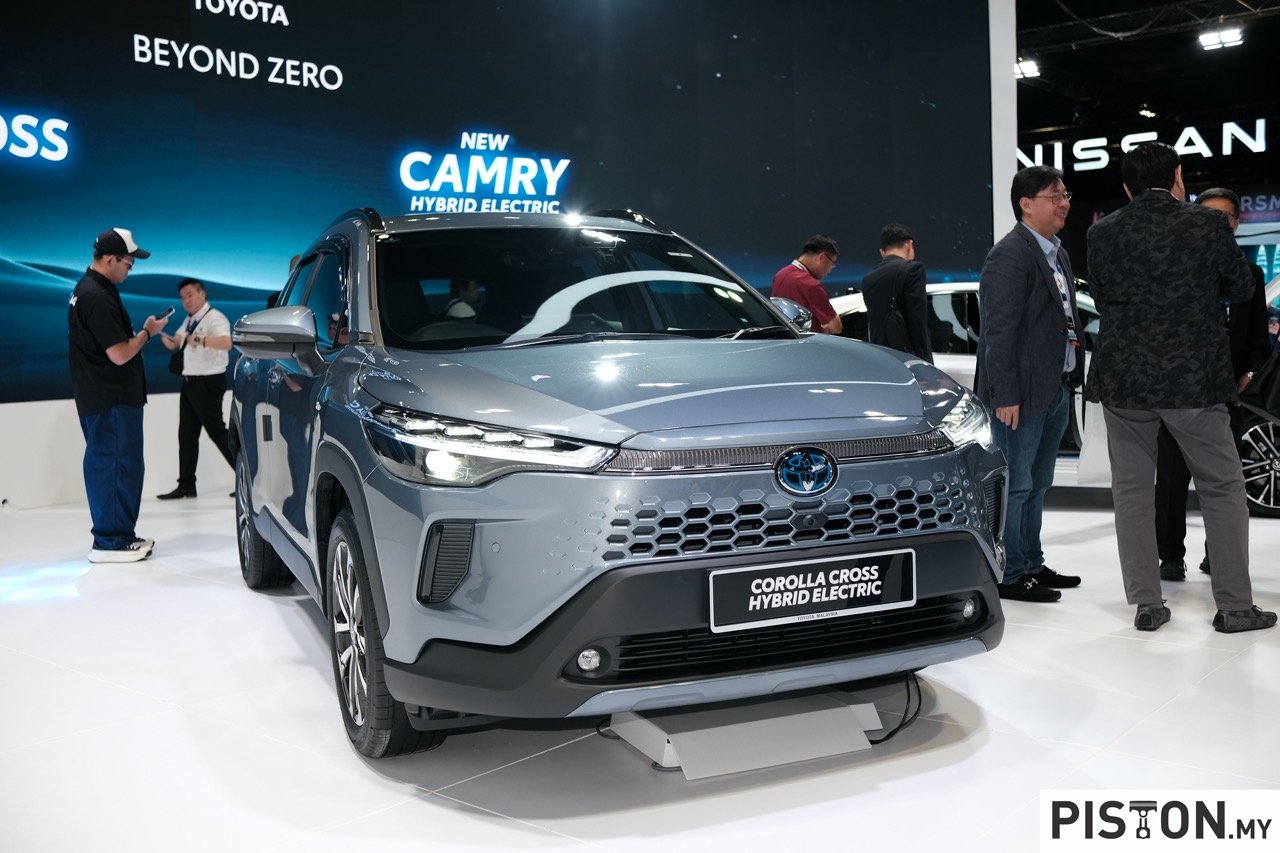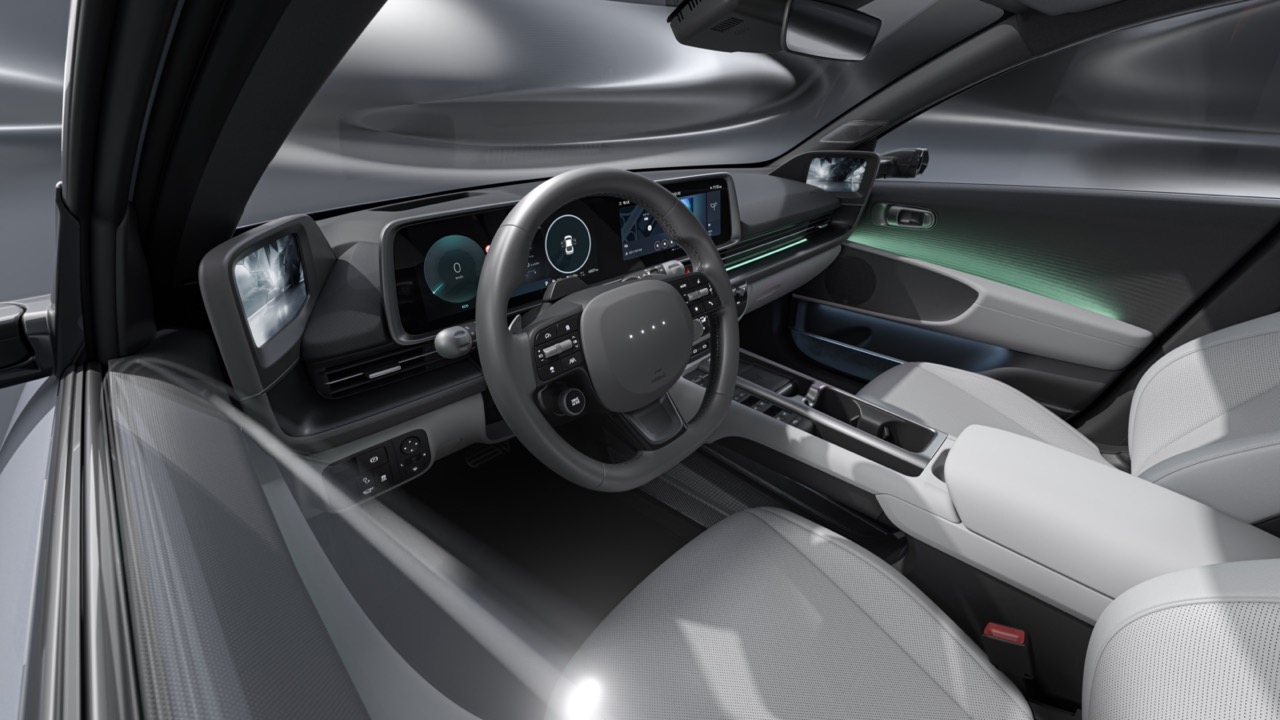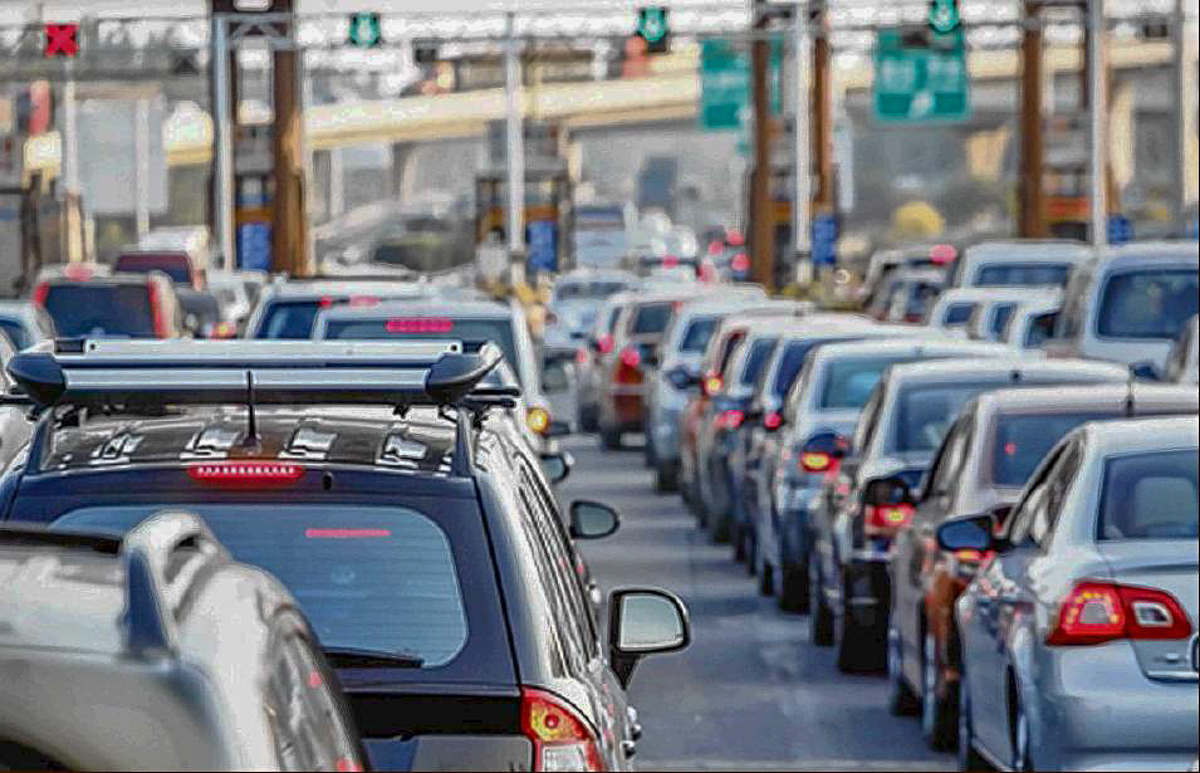‘Eyes on the road ahead, hands on the steering wheel’ is an important practice for safe driving. Unexpected actions by other road-users can happen suddenly, requiring an immediate response like swerving to one side or braking. For example, a motorcyclist may suddenly cut in front and if the driver happens to be making an adjustment to the air-conditioner temperature, he may not spot the motorcyclist in time and an accident could occur.
Therefore, drivers are advised to keep their attention on the road ahead as much as possible. But in modern cars, there are more and more features and gadgets provided which may cause distraction as the driver operates them. Touchscreens, for example, may be nice and neat for display of information but it requires some conscious effort and attention to touch a specific icon on the screen – during which time the driver will look away from the road ahead.
For this reason, a lot of thinking goes into the controls and switches and their placement. Many switches are now incorporated on the steering wheel so that the driver can not only operate them without taking the hands off the steering wheel but also keep their view forward.
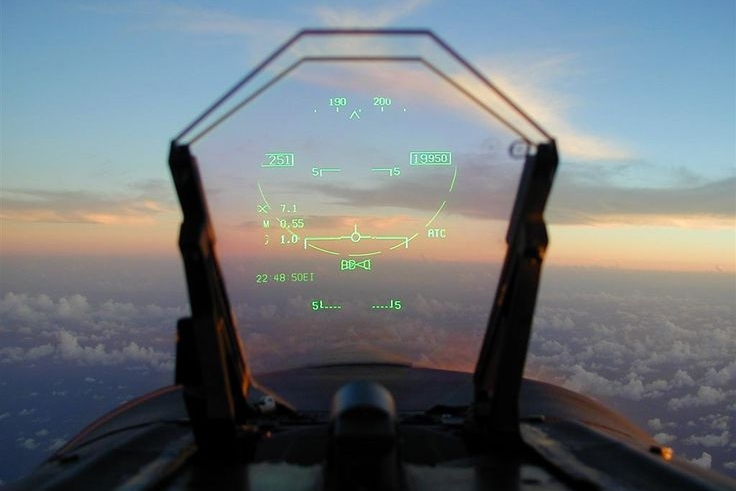
Instrument panels are also designed to allow easy viewing without having to lower the head too much. Peugeot’s i-Cockpit, for example, is designed with such an approach, allowing the driver to be kept informed without losing much of the forward view.
One idea which is appearing in more cars today is the Head-Up Display (HUD), an idea taken from military aircraft. The HUD had its origins in fighter aircraft of World War II when air combat grew more complex and speeds increased rapidly. To allow the pilot to focus on shooting an enemy down, vital information was shown directly ahead on a glass plate which he could see through. In later years, as technology advanced, it was found that other information could also be shown, reducing the need to look down.
The idea appealed to car designers because it could improve driving safety if a driver’s eyes were looking ahead more than down at instruments. However, the technology cost a lot (and is still expensive today) so HUDs in cars remained a dream, usually show in concept cars at motorshows.
The HUD is projected onto the windscreen ahead of the steering wheel and the driver can see information on it as well as the road ahead through it. While the HUDs in fighter aircraft (and also commercial aircraft nowadays) contains a lot of information, the ones in cars have considerably less although the information elements have increased over the years.
To fit a HUD in a car requires expensive hardware like a projector and while the windscreen glass can be conventional, a small area has to be specially treated or altered to allow the display to be projected clearly.
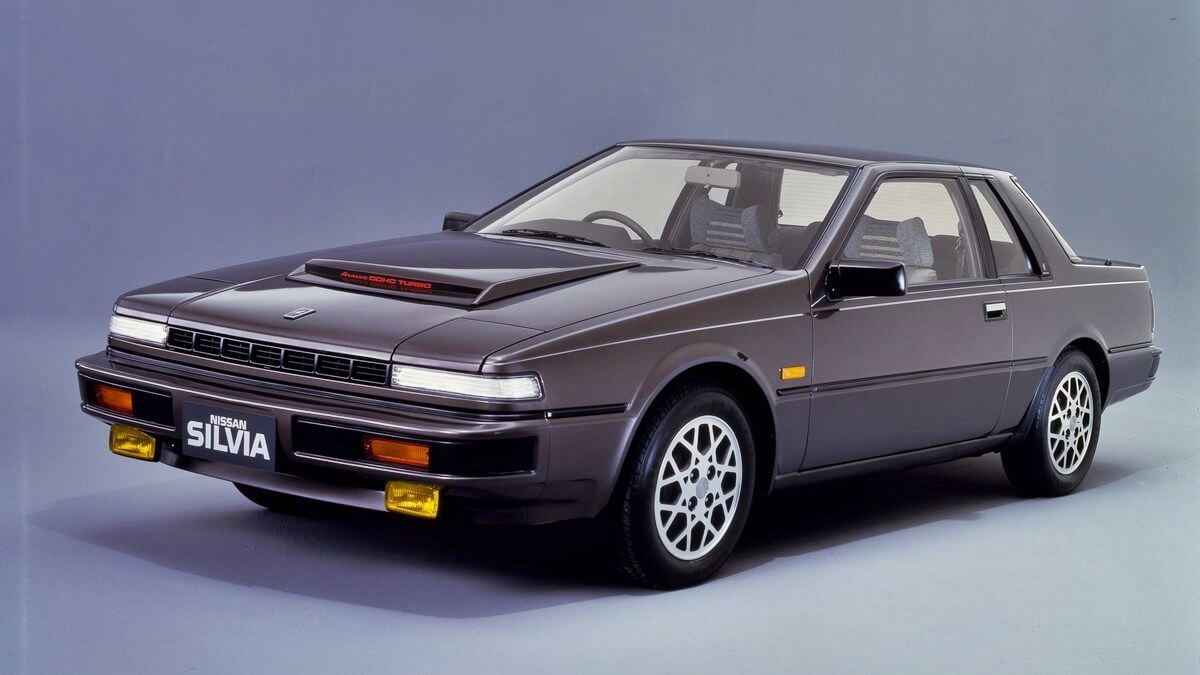
During the second half of the 1980s, the first HUDs in production cars appeared on both sides of the Pacific Ocean at almost the same time. In Japan, the Nissan Silvia (S12) coupe came with a simple HUD in 1988, while GM’s Oldsmobile Cutlass Supreme and Pontiac Grand Prix also had it. However, the early HUDs were also constrained by the technology available then and visibility was poor if there was bright sunshine. The high cost also discouraged their adoption and they would not start to become common till the 21st century began.
In 2012, Pioneer was the first company to offer an aftermarket HUD that could be fitted to the sunvisor. Called the Carrozzeria Cyber Navi system and priced from 300,000 yen (about RM12,000 then), it had a HUD panel with a 780 x 260 pixel screen that displayed full-colour images (with augmented reality) projected from a RGB laser. However, as the system was not linked to the car, the information shown was not speed but general route guidance information.
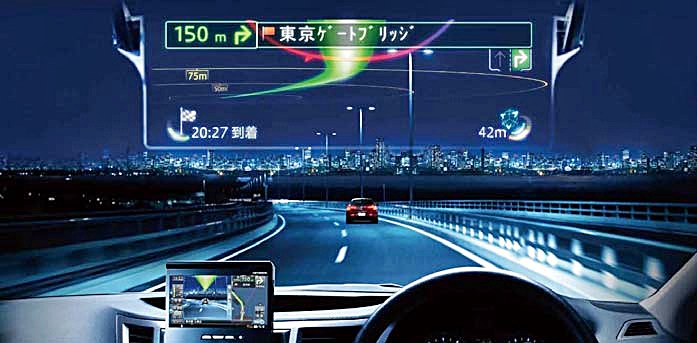
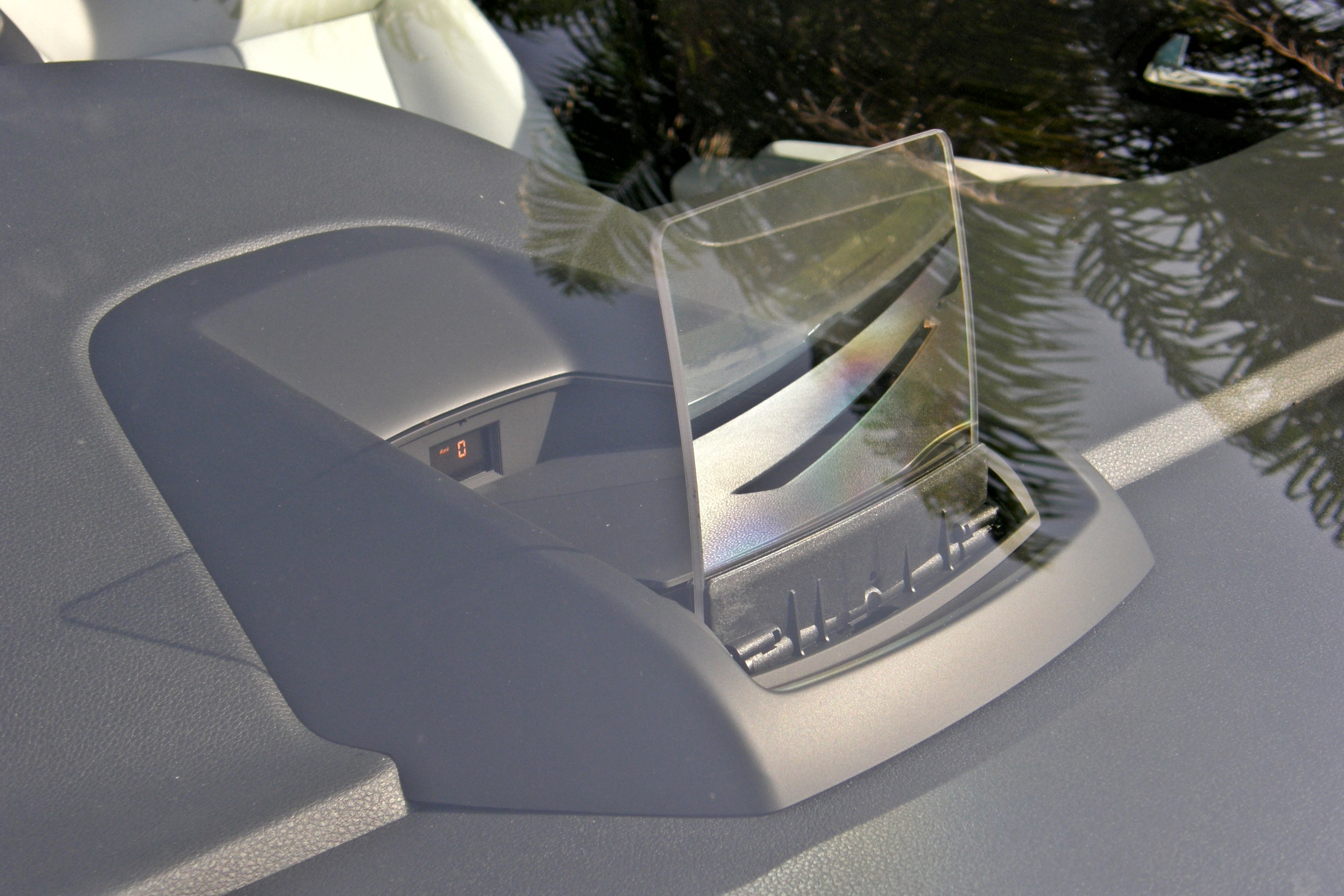
Peugeot’s first 3008 in 2010 had what could be considered a ‘low-cost’ HUD which avoided the need for special glass. Instead, a small clear plastic panel would pop up (from above the instrument panel pod) whenever the car was on the move and basic information would be projected on it. The third generation of the Mazda3 launched in 2013 also used a similar idea but for the more expensive CX-9, the HUD was projected onto the windscreen.
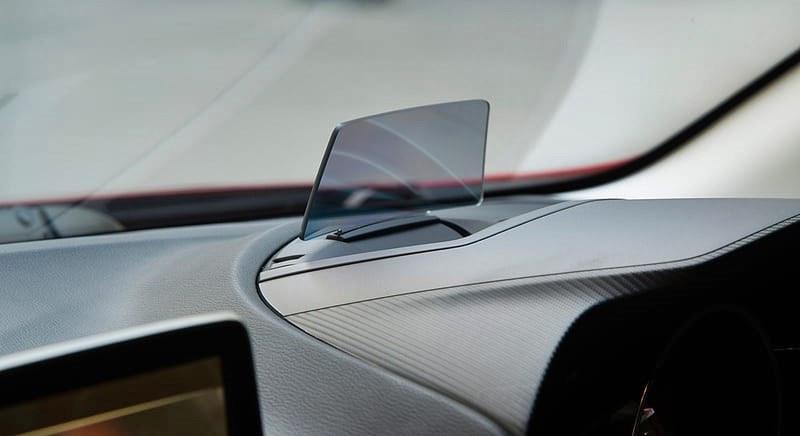
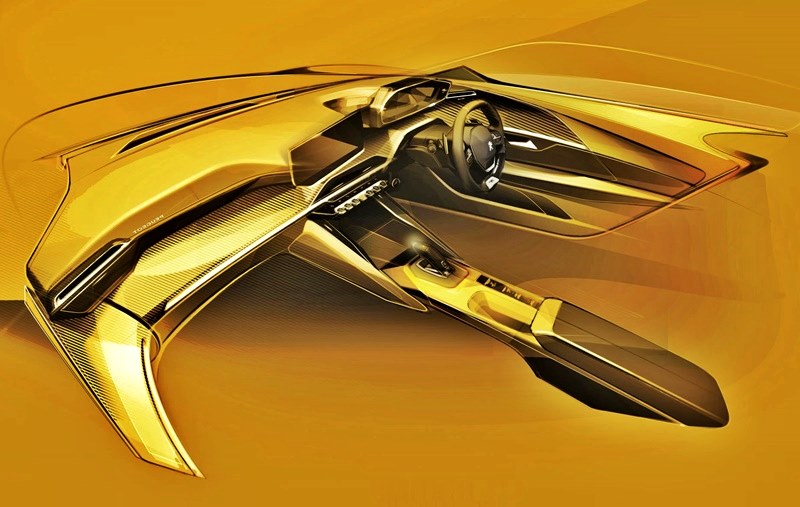
As display technologies became more advanced and costs also reduced, the information on the HUD could be expanded. From showing just the speed and other basic information, today’s HUDs also show route guidance, cruise control status, gear position, safety-related information, etc. It’s still nowhere near the amount of information a fighter pilot sees on his HUD and the designers also limit the information to avoid ‘information overload’. It’s one thing to keep the driver aware but too much information can become distracting.
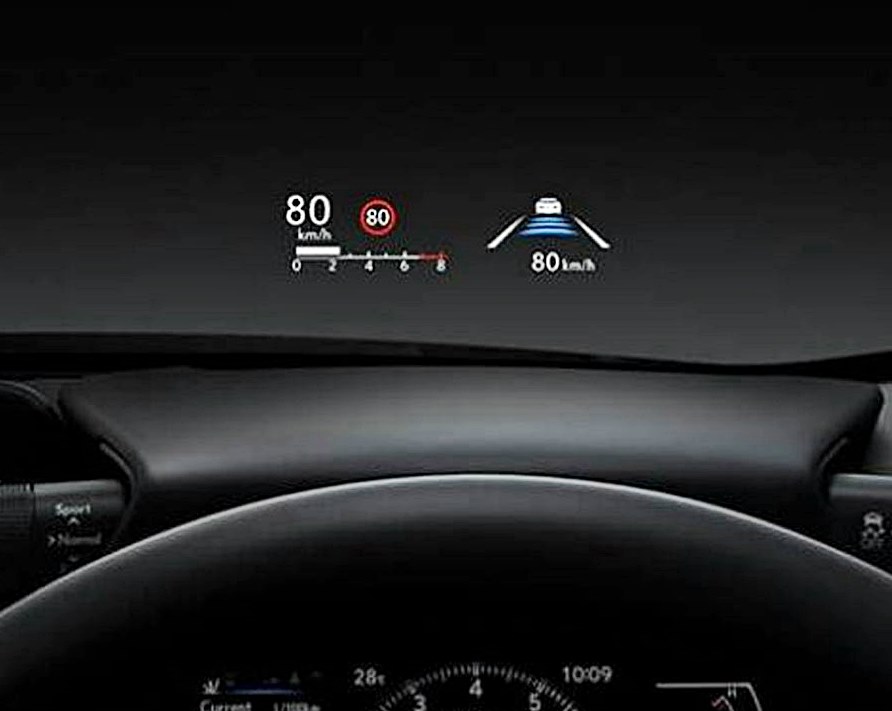
The more expensive models in the market today have HUDs as standard but if you want to have a HUD in your car, it is also possible to install one for less than RM100 although it won’t be as sophisticated as the original type. There are now products which can show basic information on the windscreen from a small projector mounted on the dashboard. The unit gets running information by being connected to the OBD (On-Board Diagnostics) port which most modern cars have to enable diagnostic machines to access the ECU.
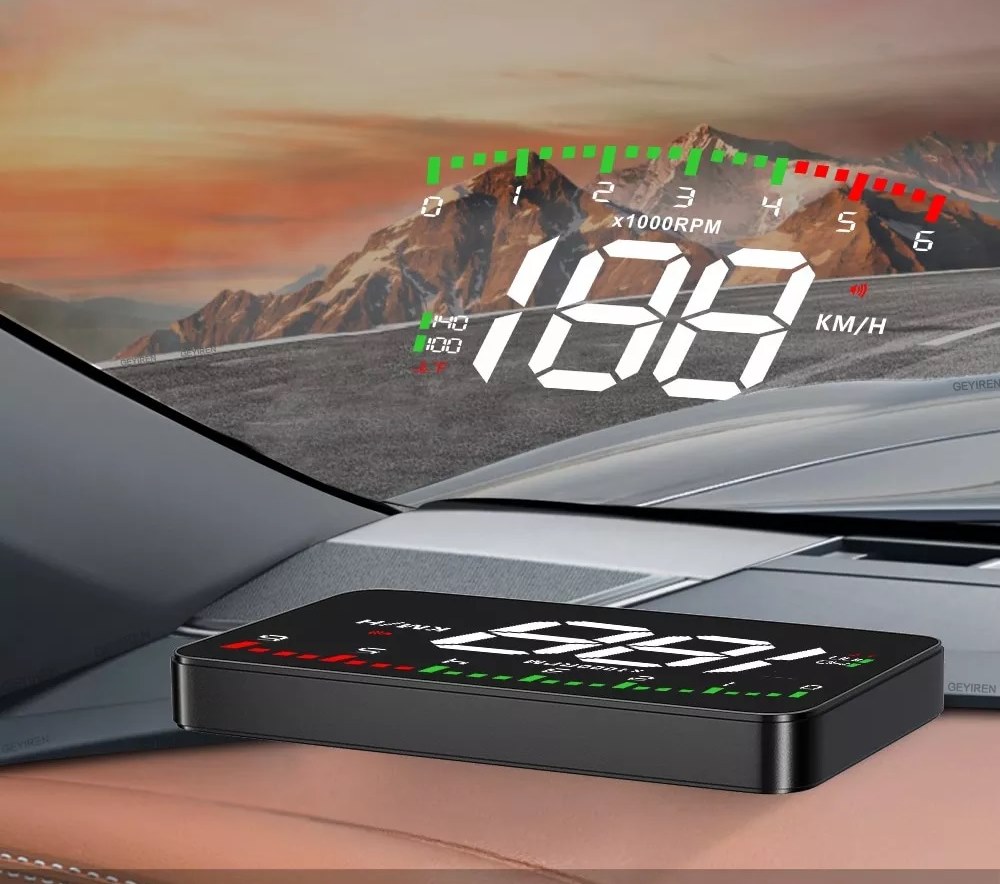
There are also apps for smartphones which can also show a reversed image that can then be reflected on the windscreen. It’s not a satisfactory approach since the outside lighting may make the display poor. Furthermore, as the phone is not connected to the OBD, it will also have limited information to show. The road speed will be based on calculations from GPS data, and it may be possible to also see route guidance information. If you do use this option, do make sure the phone is securely mounted in the dashboard and will not fly off when you brake suddenly, causing distraction.
Augmented Reality Head-Up Display starts to appear in compact segment




